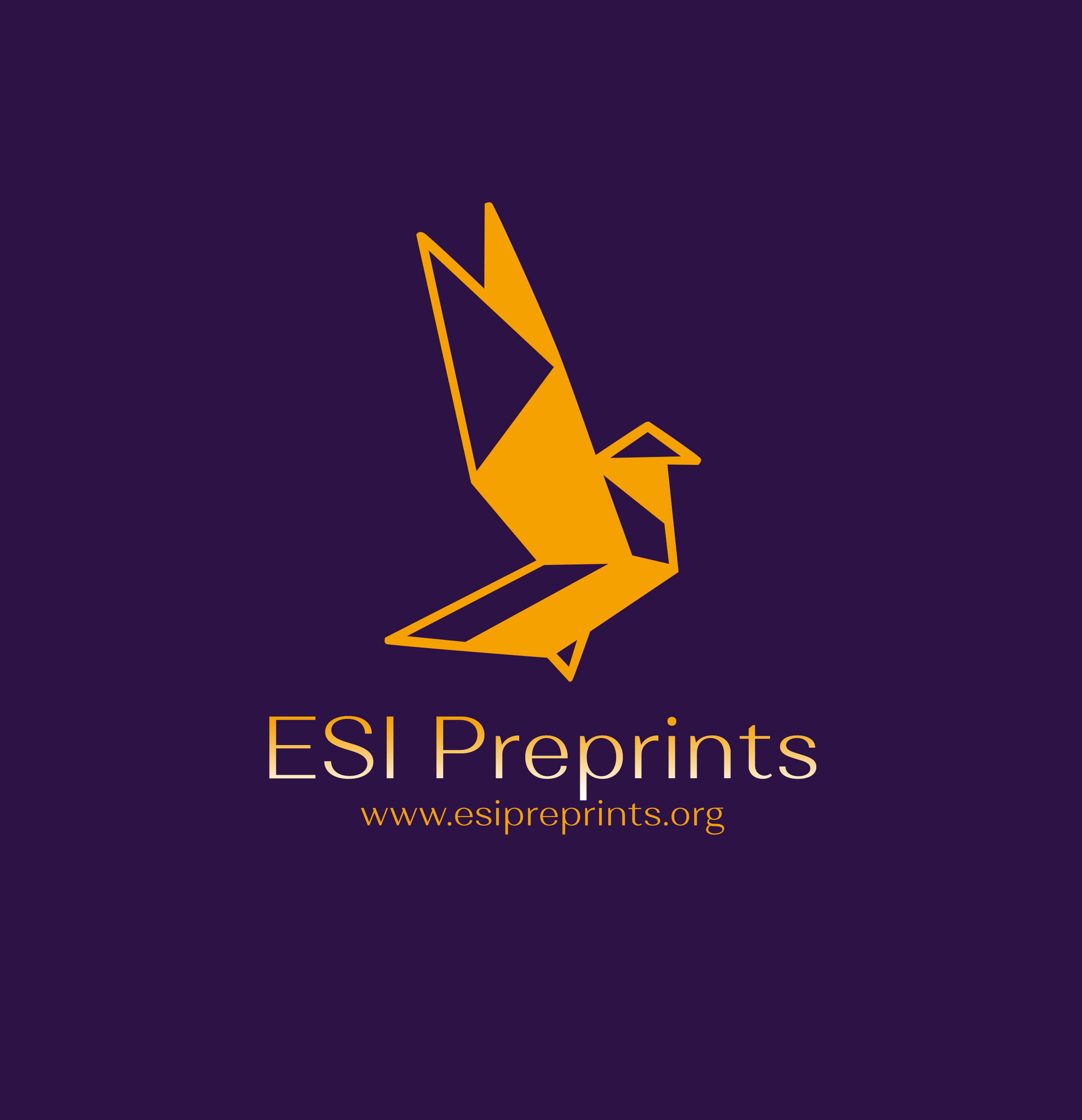Addressing the self-directed learning culture gap in Kenya's competency-based Curriculum Junior School integrated Science post-COVID-19
Abstract
There are varied bodies of research on self-directed learning (SDL), a few of these studies have been done about developing a self-directed learning culture (SDLC), especially in Competency Based Curriculum (CBC) junior schools. The study mainly focuses on how the curriculum reforms for Kenyan CBC junior school integrated science and the current theoretical instructional model have promoted the development of SDLC. The data is gathered, examined using the Kantian critical judgment theory model, and evaluated using the standard reflective self-directed instructional model (RSIM) by Mentz, Laubscher, and Olivier (2021). Key theoretical premises, sub-themes, and themes are developed using the categories scrutinized and analyzed. According to the analysis, no education reform has suggested that schools, teachers, and students in Kenya's CBC junior school should develop the common themes, sub-themes, and learning strategies of SDLC. A novel instructional model that supports the development of the SDLC is thus needed.
Downloads
Metrics
References
2. Alzahrani, L., & Seth, K. P. (2021). Factors influencing students’ satisfaction with continuous use of learning management systems during the COVID-19 pandemic: An empirical study. Education and Information Technologies, 4(3), 1–19. springer.com/article/10.1007/s10639-021-10492-5
3. Basweti B.N. (2019). Effects of problem-based learning on learners' acquisition of core critical thinking skills in the heating effect of electric current in Nakuru county secondary schools, Kenya. Egerton University Kenya. Retrieved.
4. Bozdağ, H. C., & Gökler, İ. (2023). Digital Content Design for the Flipped Classroom Model: Example of Biology Lesson. Journal of Computer and Education Research Year, 11(21), 335-355. https://doi.10.18009/jcer.1246524
5. Camilleri, M. A., & Camilleri, A. C. (2023). Learning from anywhere, anytime: Utilitarian motivations and facilitating conditions for mobile learning. Technology, Knowledge and Learning, 28(4), 1687-1705. https://link.springer.com/article/10.1007/s10758-022-09608-8
6. Elder, L., & Paul, R. (2019). The thinker's guide to intellectual standards: The words that name them and the criteria that define them. Rowman & Littlefield. https://www.criticalthinking.org/files/SAM
7. Heto, P. P. K., Odari, M. H., & Sunu, W. (2020). Kenya’s 2017 basic education curriculum framework: A comprehensive review. Journal of Interdisciplinary Studies in Education, 9(SI), 192-210. https://files.eric.ed.gov/fulltext/EJ1265987.pdf
8. Kobiah, L. K. (2020). Examining teachers’ role in the development and implementation of curriculum support materials in secondary school curricula in Kenya. Editon Consortium Journal of Curriculum and Educational Studies, 2(1), 158-169. https://doi.org/10.51317/ecjces.v2i1.113
9. Lumonya, J.S. (2020). Critique of competency-based curriculum: Towards integration of indigenous knowledge system. Unpublished master research project report presented at the University of Nairobi Kenya. http://erepository.uonbi.ac.ke/handle/11295/154613
10. Mentz, E., Laubscher, D., & Olivier, J. (2021). Self-Directed Learning. AOSIS Cape Town, South Africa. https://books.aosis.co.za/index.php/ob/catalog/book/279
11. Mentz, E., de Beer, J., & Bailey, R. (2021). Self-Directed Learning for the 21st Century. AOSIS Cape Town, South Africa. ISBN-13 (15) 978-1-77634-160-3
12. Ministry of Education (MOE), (2020). Kenya Basic Education COCVID-19 Response Plan: State Department of Basic Education. Nairobi, Government Printers. https://planipolis.iiep.unesco.org/
13. Ng’ang’a, T.K. (2021). Impact of COVID-19, Measures on Kenya’s Education Sector. African Economic Research Consortium, Nairobi, Kenya. https://publication.aercafricalibrary.org/handle/123456789/2883
14. Nganga, L., & Kambutu, J. (2019). Kenya’s Education. Critical Race Theory in Teacher Education: Informing Classroom Culture and Practice, 137. https://journals.sagepub.com/doi/abs/10.1177/1463949120929471
15. Ongesa, C.M., (2020). The critical thinking skill gap in the Kenyan educational curriculum: The 21st-Century Skills for the Global Citizen. Journal of Interdisciplinary Studies in Education, 9(2), 178-191. https://doi.org/10.32674/jise.v9iSI.1860
16. Ongesa, C. M., Mbugua, K., & Maweu, J. M. (2023). Investigating the Critical Thinking Indicators in Kenya’s Basic Education Curriculum. Journal of Pedagogy, Andragogy and Heutagogy in Academic Practice/ISSN: 2708-261X, 4(2), 1-20. https://www.rsisinternational.org/journals/ijriss/
17. Ongesa, C. M., Mbugua, K., & Maweu, J. M. (2024). Addressing the Critical Thinking Lacuna in Kenya’s Physis Education Curriculum. Journal of Educational Thought/ISSN: 2708-261X, 4(2), 74-90. https://doi.org/10.55016/ojs/jet.v57i1.79415
18. Punjani, K., Mahadevan, K. (2021). Transitioning the online learning in higher Education: Influence of awareness of COVID-19 and self-efficacy on perceived net benefit and intention. Education and Information Technology, (1), 1-30. https://link.springer.com/article/10.1007/s10639-021-10665-2
19. Reimers, F. M. (2022). Primary and Secondary Education during COVID-19: Disruption of Educational Opportunity during the COVID-19. Harvard University, Cambridge, M.A, USA. https://library.oapen.org/bitstream/handle/20.500.12657/50965/978-3-030-81500-4.
20. Roeniger D, I. (2023). Cultivating learning throughout life: the promise of public online learning communities.https://openaccess.uoc.edu/bitstream/10609/149365/1/
21. Sande, M.E. (2020). Pedagogical content knowledge and gas laws: A multiple case study. Unpublished dissertation submitted to the University of Minnesota (USA), July 2020. https://hdl.handle.net/11299/95498
22. Syomwene, A. (2023). DESIGNING COMPETENCY BASED HIGHER EDUCATION CURRICULUM: STRATEGIES AND ACTIONS. European Journal of Education Studies, 10(7). http://dx.doi.org/10.46827/ejes.v10i7.4862
23. UNICEF. 2020. Protecting children from violence in the time of COVID-19: Disruptions in prevention and response services, United Nations Children's Fund (UNICEF), Division of Data, Analytics, Planning, and Monitoring. https://data.unicef.org/resources/protecting-children-from-violence-in-the-time-of-covid-19-brochure/
24. Wairimu, I., & Chilufya, C. B. (2022). GOVERNMENT RESPONSE TO COVID-19 IN KENYA: Implications for Girls Education. Jesuits Justice and Ecology Network Africa, Kenya. https://bakhitaafrica.org/
25. Wambaria, M. (2023) Teachers Experiences on Remote Learning During the Covid-19 Period: A Case in Kenya. International Journal for Innovation Education and Research, 11(2), 52-62. https://doi.org/10.31686/ijier.vol11.iss2.4070
26. Wason, H. (2023). Learning to teach critical thinking in Higher Education (Doctoral dissertation, The Open University). https://doi.org/10.21954/ou.ro.0001568b
27. Willies, D. (2023). The Impact of the COVID-19 Pandemic on the Education System in Developing Countries. African Journal of Education and Practice, 9(1), 15-27.
28. Zhao, Y., Watterston, J. (2021). The changes we need: Education post-COVID-19. Journal of Education Changes (2021), 22: 3-12
Copyright (c) 2024 Cosmas Masega Ongesa, Joseph Mwinzi, Samson Gunga, Atieno Kili K’Odhiambo

This work is licensed under a Creative Commons Attribution 4.0 International License.








